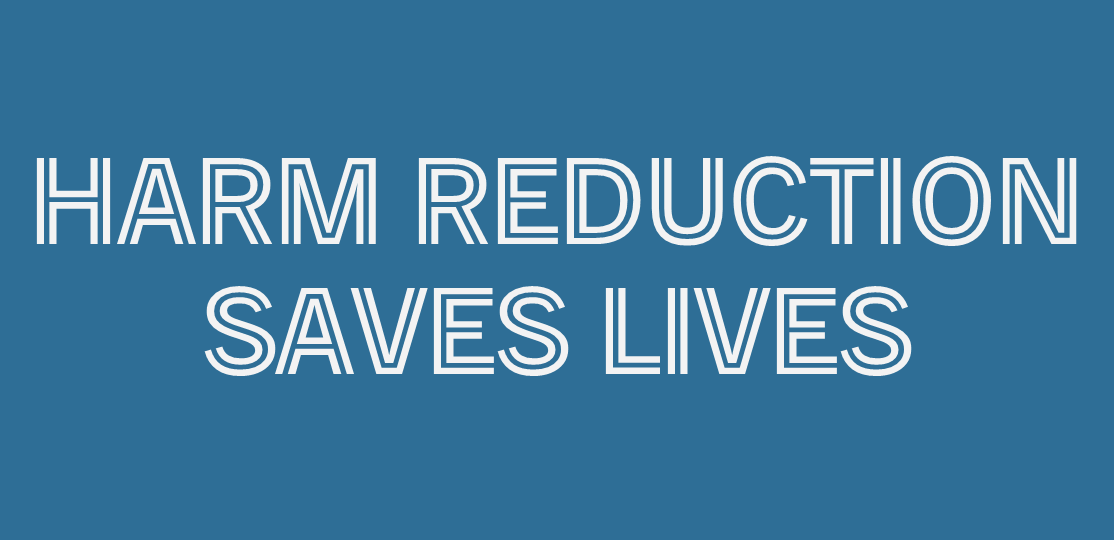
The Alliance of Coalitions for Healthy Communities
Harm Reduction Program and Save a Life Stations
FACT SHEET
The Alliance of Coalitions for Healthy Communities is an umbrella organization that serves 21 community prevention coalitions across more than 55 communities, principally in Oakland County. The Alliance facilitates the efforts of these groups towards harm reduction, recovery support, wellness and prevention education for anyone affected by substance misuse.
Harm reduction incorporates a spectrum of strategies that includes safer use, managed use, abstinence, meeting people who use drugs “where they’re at,” and addressing conditions of use along with the use itself. Because harm reduction demands that interventions and policies designed to serve people who use drugs reflect specific individual and community needs, there is no universal definition of or formula for implementing harm reduction.
Measures of the challenge:
Approximately, 100,000 American die each year from a drug overdose; while Oakland County loses about 250 citizens to overdoses each year.
Overall, 75 percent of drug overdose death involve at least one opioid, with two-thirds involving synthetic opioids, primarily illicitly manufactured Fentanyl or Fentanyl analogs. These synthetic opioids are 50 to 100 times more potent than naturally derived opioids.
Moreover, the number of adolescent (ages 14-18) overdose deaths rose by 114 percent between 2019 and 2021, with fentanyl accounting for almost four-fifths of adolescent overdose deaths. Overall, DEA Lab Testing reveals that 7 out of 10 pills with Fentanyl contain a potentially lethal dose.
Sadly, more individuals died from a drug overdose in 2022 than the numbers of lives lost combined due to drunk driving, the 9/11 attack, Covid deaths ages 18-29, childhood cancer, Vietnam War deaths and global plane crashes.
Our harm reduction program:
The Alliances’ Harm Reduction Programs includes Save a Life – Naloxone Training, available online, drive through or at in-person community settings; Fentanyl and Xylazine test strips; and Save A Life Stations.
Program Director:
Steve Norris
CONTACT INFO
ADDITIONAL STAFF CONTACTS
Strategic Partners:
Oakland County Sheriff’s office and the Oakland County Crisis Response Team
Oakland Community Health Network
Save a Life Stations:
First Unit Deployed: May 17, 2023
30 Units Deployed to Date
Program Goals
60 Units Deployed: End of FY 2023 (Oct 2023)
110 Units Deployed: End of FY 2024 (Oct 2024)
Narcan Two-Dose Packs Dispensed:
Current Daily Average: ~ 70 packs/day
Projected by Oct 2023 24,000 packs
Projected by Oct 2023 48,000 packs
Fentanyl Strips Dispensed:
Current Daily Average: ~ 120 strips/day
As of July, 2023, approximately one-third of deployed stations have 60 percent of greater utilization of supplies.
The Alliance of Coalitions for Healthy Communities
Harm Reduction Program and Save a Life Stations
FREQUENTLY ASKED QUESTIONS
What if my child gets possession of Narcan (naloxone)? What could happen?
Narcan is completely harmless. It can reverse or reduce the effects of opioids, especially compromised breathing in an opioid overdose. Narcan has no effect in people who are not taking opioid drugs.
Doesn’t Narcan (naloxone) need to be stored at room temperature to work? Won’t it lose its effectiveness being in a station outdoors in very cold or hot weather?
No. Numerous tests conducted over the last several years have verified that storage temperatures will not reduce the effectiveness of Narcan when administered.
Doesn’t making Narcan easily available at no cost encourage drug use?
No. An individual cannot get “high” on Narcan and there is no scientific or anecdotal evidence to suggest that having Narcan available encourages someone to be more reckless with drug use. Having Narcan easily available saves lives.
As a result, we also find that people respect and appreciate having this life saving tool close at hand. There have been no issues with stations being vandalized.
Aren’t we just inviting bad actors into our neighborhoods with these stations?
No. The reality is that drug use can and already does takes place in all of our communities. Having testing strips available for fentanyl and xylazine, extremely powerful drugs increasingly found mixed in with other dangerous, but less powerful drugs, can help reduce drug overdoses. Narcan can save lives by quickly reversing acute opiate overdoses that have, in particular, dangerously depressed one’s breathing.
Having these life-saving agents available is no different than when fire extinguishers or defibrillators are deployed in public spaces for emergency use.
Is Narcan only helpful for those illegally misusing substances?
No. Narcan works to rapidly reverse the effects of any opioid overdose. Sometimes those prescribed opioid medications, like a senior citizen after a fall, can accidentally overdose and can be saved by Narcan.
What is available at each Save a Life Station?
Each Save a Life Station offers a two-4mg dose packs of nasal administered Narcan; fentanyl and xylazine testing strips; takeaway kits that allow for the safe disposal of drugs or medications; and informational resources such as Narcan administration training videos.
How do I find one of the Save a Life Stations?
Please visit the Alliance of Coalitions web site for a link to a map of available stations. [Adjust as web site is updated.]. A QR code on each station will also bring the map up on your smartphone or tablet. The stations are restocked regularly. However, if any given station is short of an item you need, please follow the instructions on the station to locate another station; or contact us directly.
How do I get help for a drug issue for myself, a friend, a co-worker or loved one?
In Oakland County, please contact the Sober Support Unit (SSU) for 24/7 Access 248-456-8144, a service of the Oakland Community Health Network, or your local mental health-substance abuse approach. They will direct you to the most appropriate resource. If any individual is experiencing a medical emergency, call 911 or go to the nearest hospital Emergency Room.
